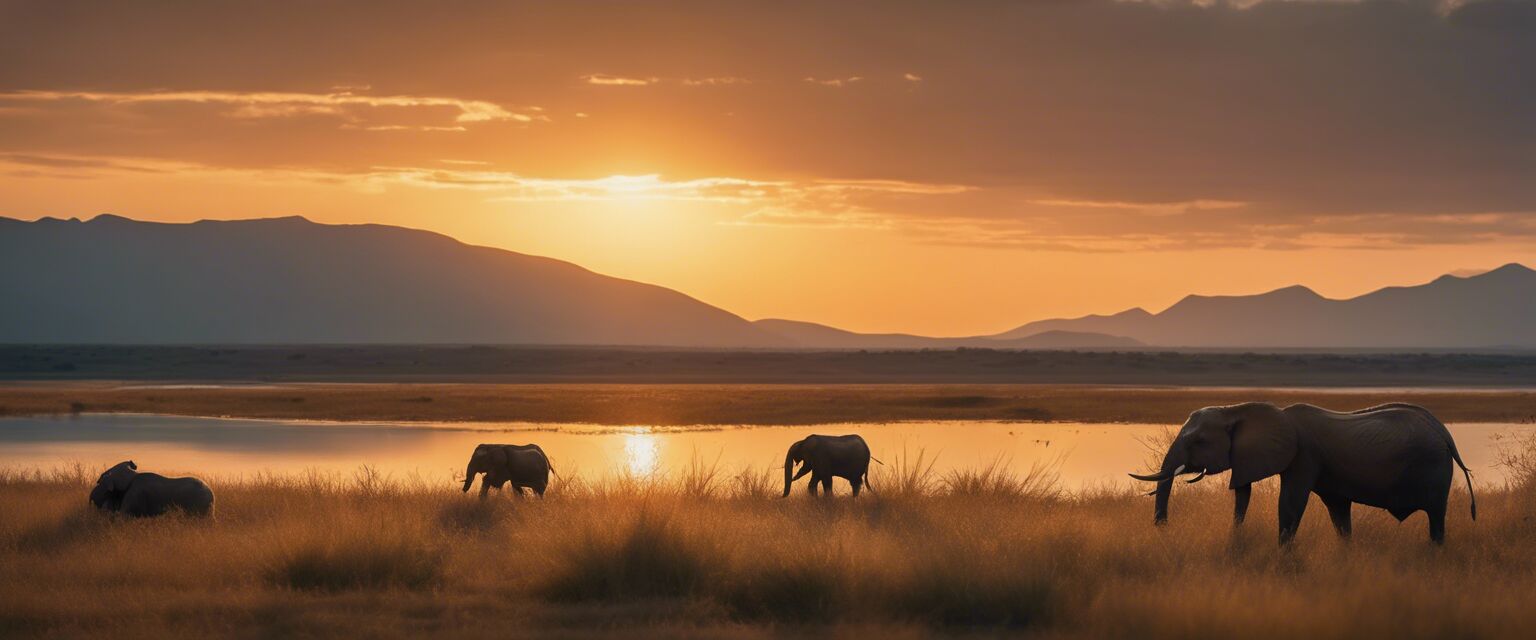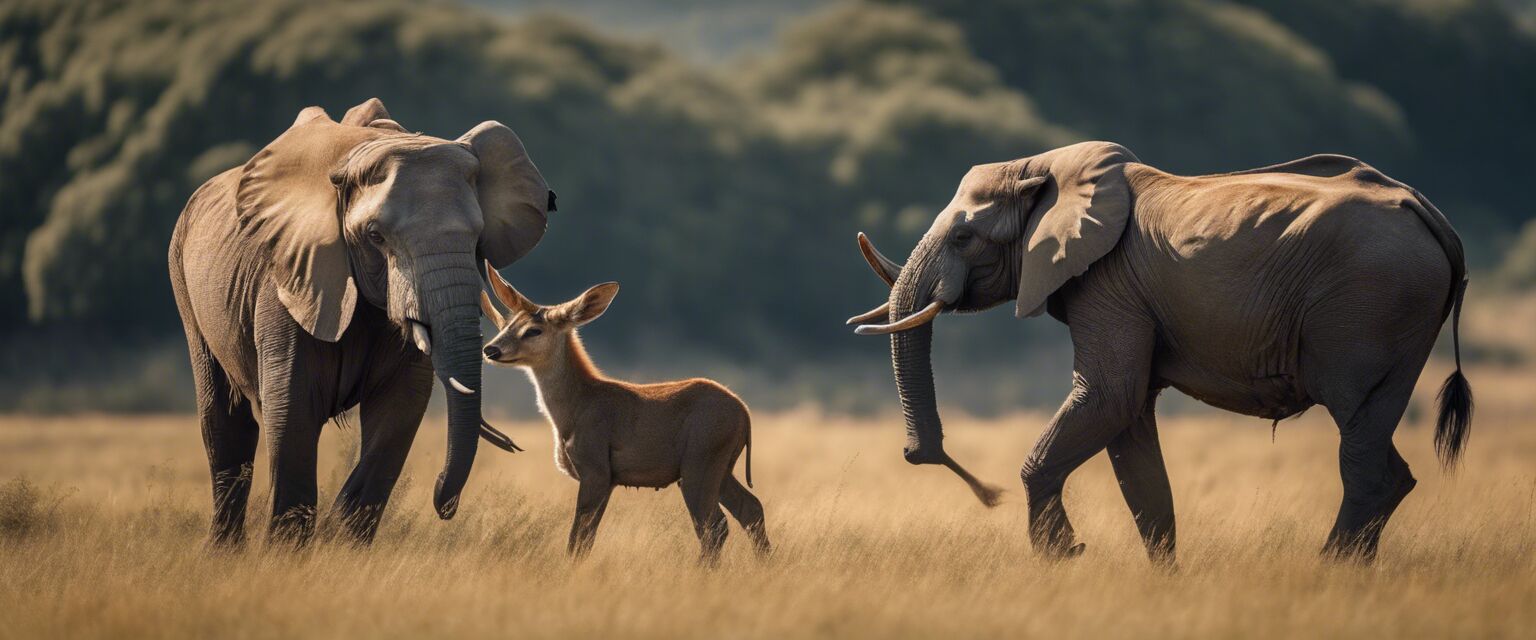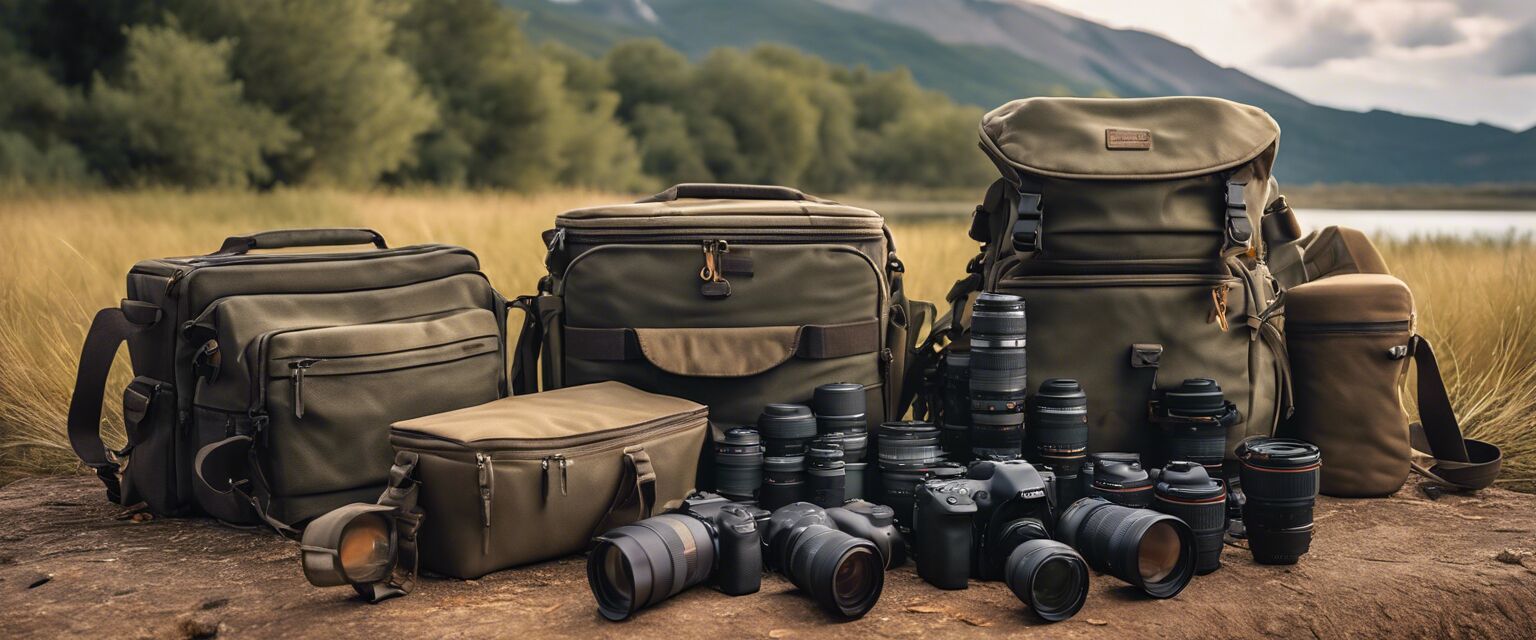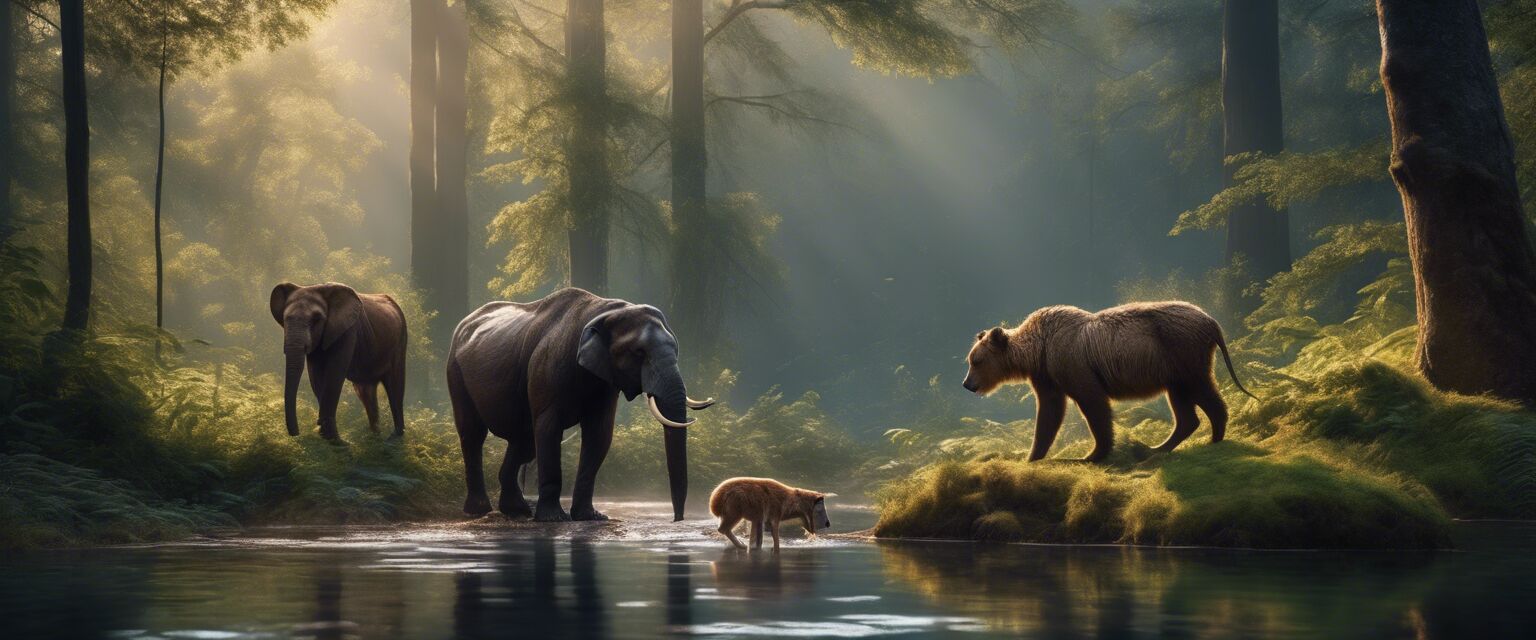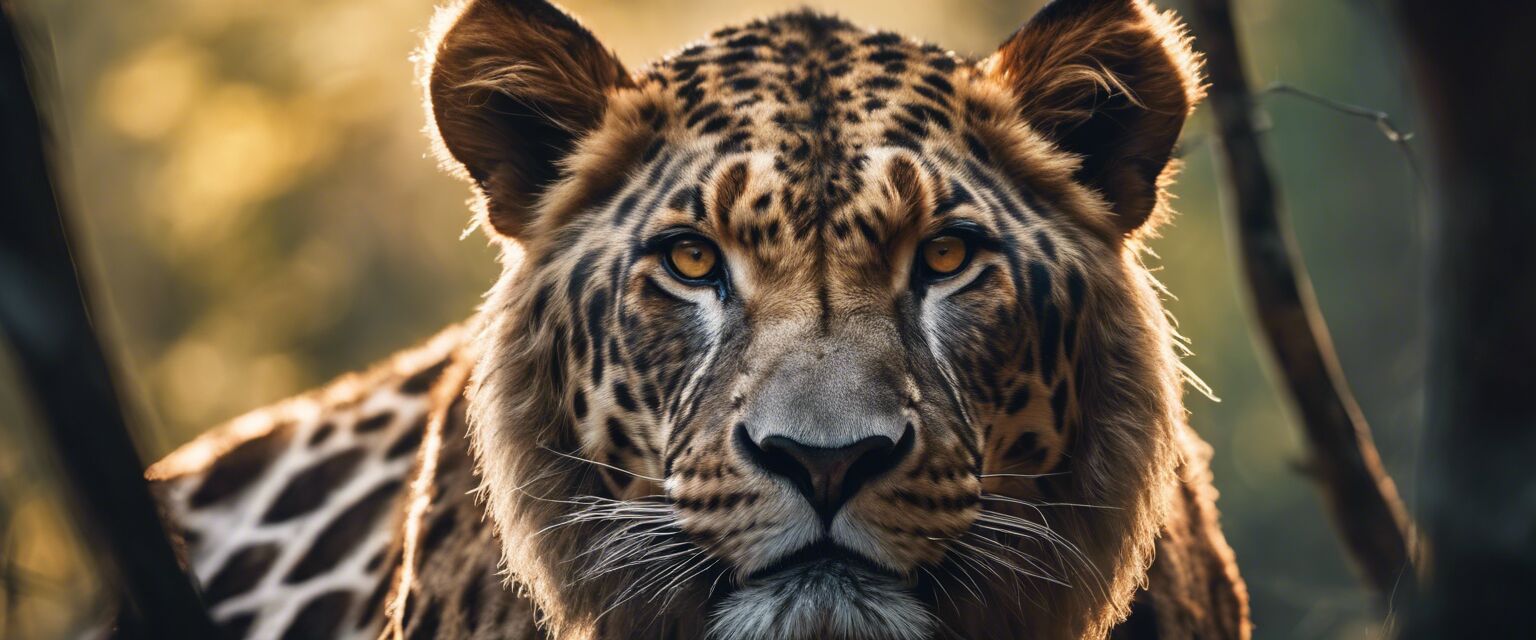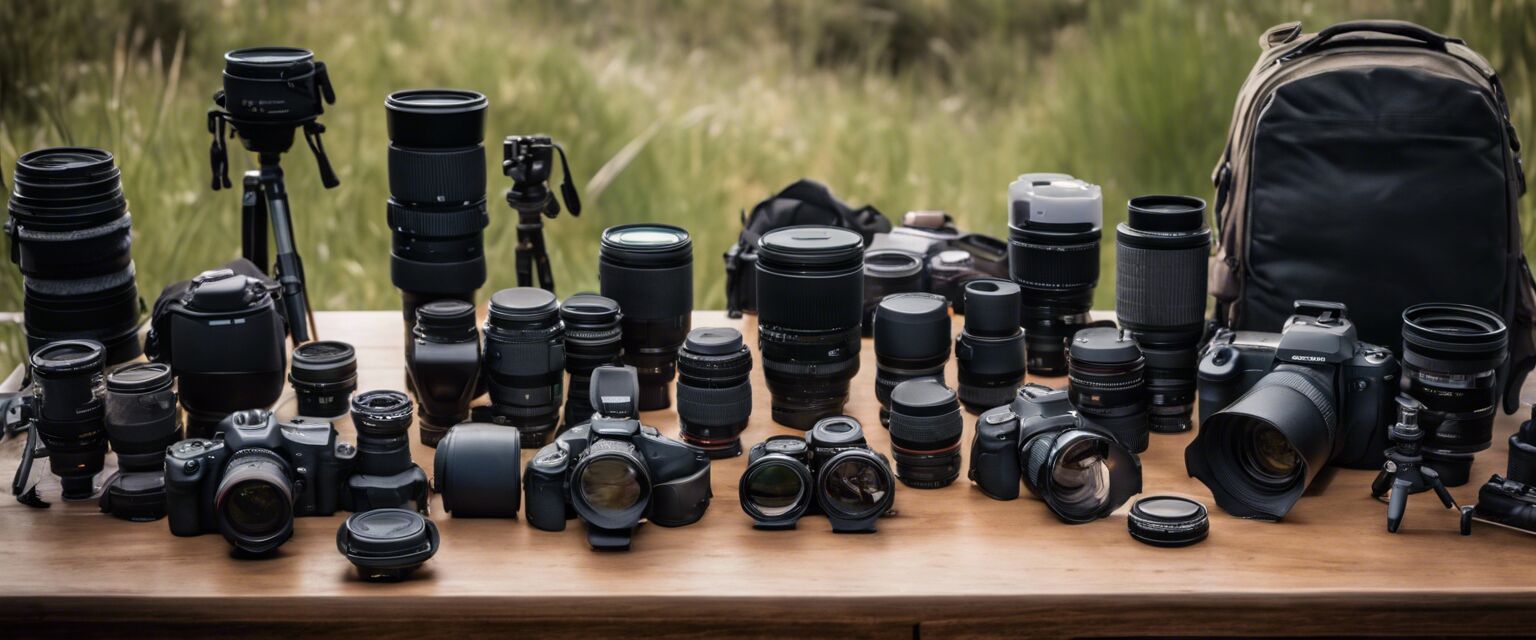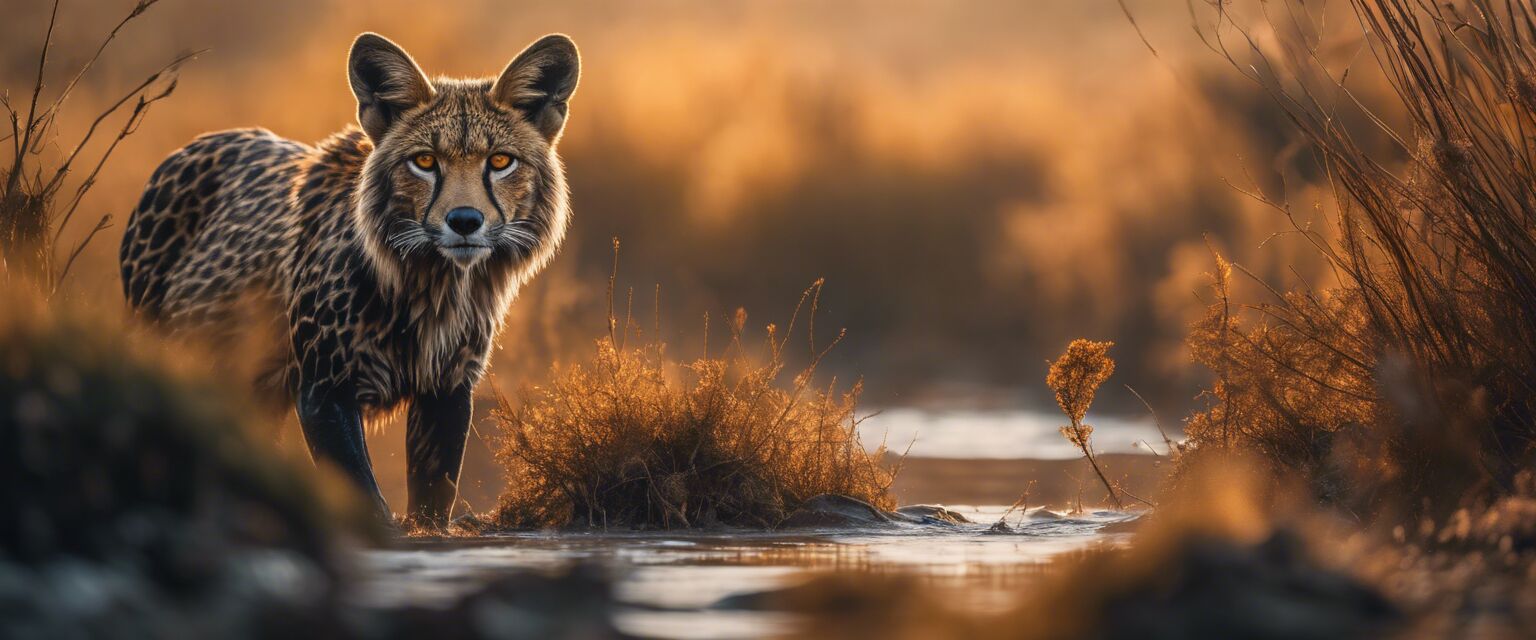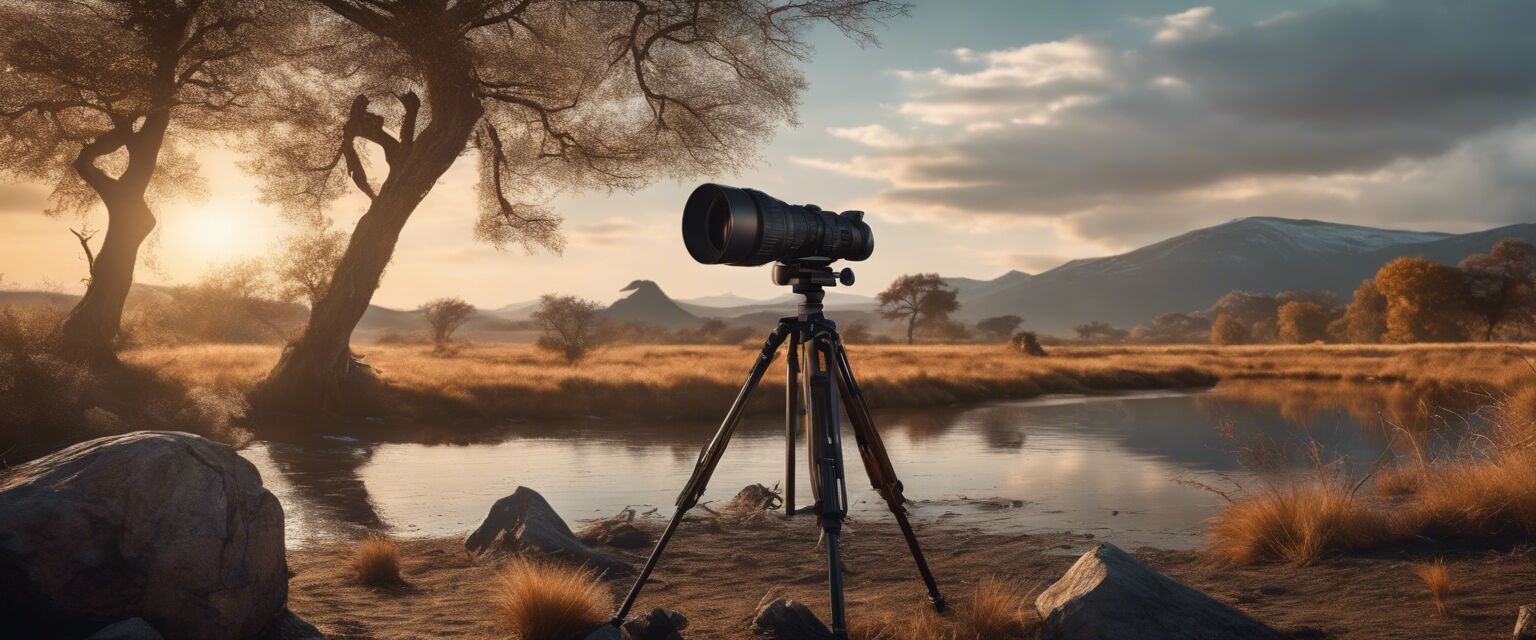
Best Tripods for Wildlife Photography
Key Takeaways
- Stability is crucial for capturing sharp images of wildlife.
- Weight and portability matter for photographers on the move.
- Material and construction determine durability in outdoor conditions.
- Look for features like adjustable height and quick-release plates.
When it comes to wildlife photography, having the right equipment is essential. One of the most important pieces of gear you can invest in is a high-quality tripod. A sturdy tripod not only stabilizes your camera but also allows for longer exposure times and better framing of your shots. In this article, we will explore the best tripods for wildlife photography, covering their features, pros, and cons, as well as what to look for when making your choice.
Why You Need a Good Tripod for Wildlife Photography
Wildlife photography is often an unpredictable endeavor. Animals can appear suddenly, requiring quick adjustments to your camera settings and composition. A reliable tripod helps you keep your camera steady, reducing the risk of blurry images. It also allows you to shoot at slower shutter speeds, which is beneficial in low-light conditions.
Factors to Consider When Choosing a Tripod
1. Stability
The stability of a tripod is paramount. Look for tripods with a wide stance and robust construction that can withstand windy conditions.
2. Weight and Portability
If you plan to hike or travel to remote locations, consider the weight of the tripod. Carbon fiber tripods are lightweight yet sturdy, making them a popular choice among wildlife photographers.
3. Material
Tripods are typically made from aluminum or carbon fiber. While aluminum is more affordable, carbon fiber offers better performance in terms of weight and vibration absorption.
4. Height and Adjustability
Choose a tripod that allows for adjustable height. This flexibility is crucial when photographing wildlife from different angles and elevations.
5. Quick-Release Plates
Quick-release plates make switching between handheld shooting and tripod use seamless, allowing you to capture spontaneous moments.
Comparison of Popular Tripods for Wildlife Photography
| Tripod Model | Weight | Max Height | Material | Price Range |
|---|---|---|---|---|
| Model A | 3.5 lbs | 65 inches | Carbon Fiber | $350 - $400 |
| Model B | 4.5 lbs | 70 inches | Aluminum | $200 - $250 |
| Model C | 5 lbs | 75 inches | Carbon Fiber | $500 - $600 |
| Model D | 3 lbs | 60 inches | Aluminum | $150 - $200 |
Top Tripods for Wildlife Photography
Here are some of the top-rated tripods that wildlife photographers prefer:
1. Model A
Lightweight and compact, Model A is made from durable carbon fiber, making it perfect for long hikes.
Pros
- Very lightweight
- Excellent stability
- Quick-release plate for easy setup
Cons
- Higher price point
- Requires careful handling

2. Model B
Model B offers great value for beginners and is sturdy enough for most wildlife shooting scenarios.
Pros
- Affordable price
- Good stability
- Easy to set up
Cons
- Heavier than carbon fiber options
- Limited max height

3. Model C
For serious photographers, Model C provides exceptional height and stability, making it suitable for all types of wildlife photography.
Pros
- Great height adjustment
- Robust construction
- Vibration dampening features
Cons
- Heavy and less portable
- Premium price

Tips for Using a Tripod in Wildlife Photography
Beginner Tips
- Always check the stability of your tripod before shooting.
- Use a remote shutter release or timer to avoid camera shake.
- Practice using your tripod in different terrains.
- Be patient and wait for the right moment to take your shot.
Conclusion
Investing in a good tripod is essential for wildlife photographers looking to capture stunning images. Whether you opt for a lightweight carbon fiber model or a sturdy aluminum tripod, the right choice can significantly impact your photography experience. Consider your shooting style, the environments youâll be in, and how portable you need your gear to be when making your decision.

